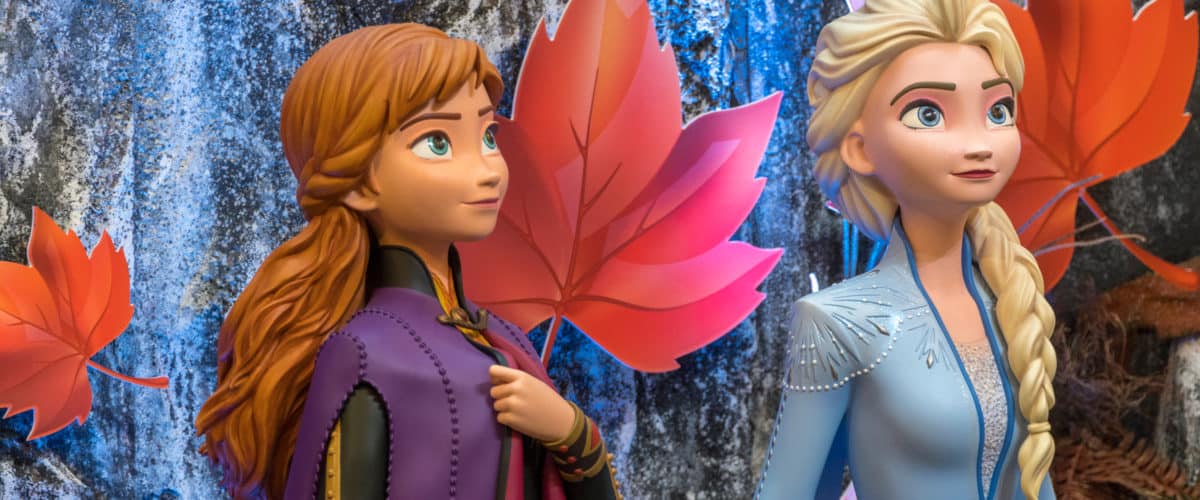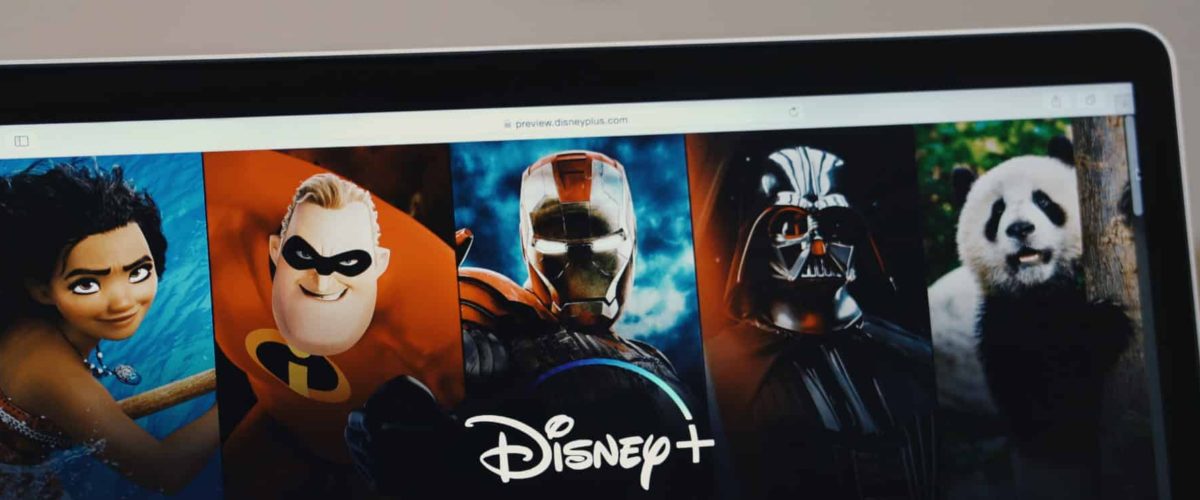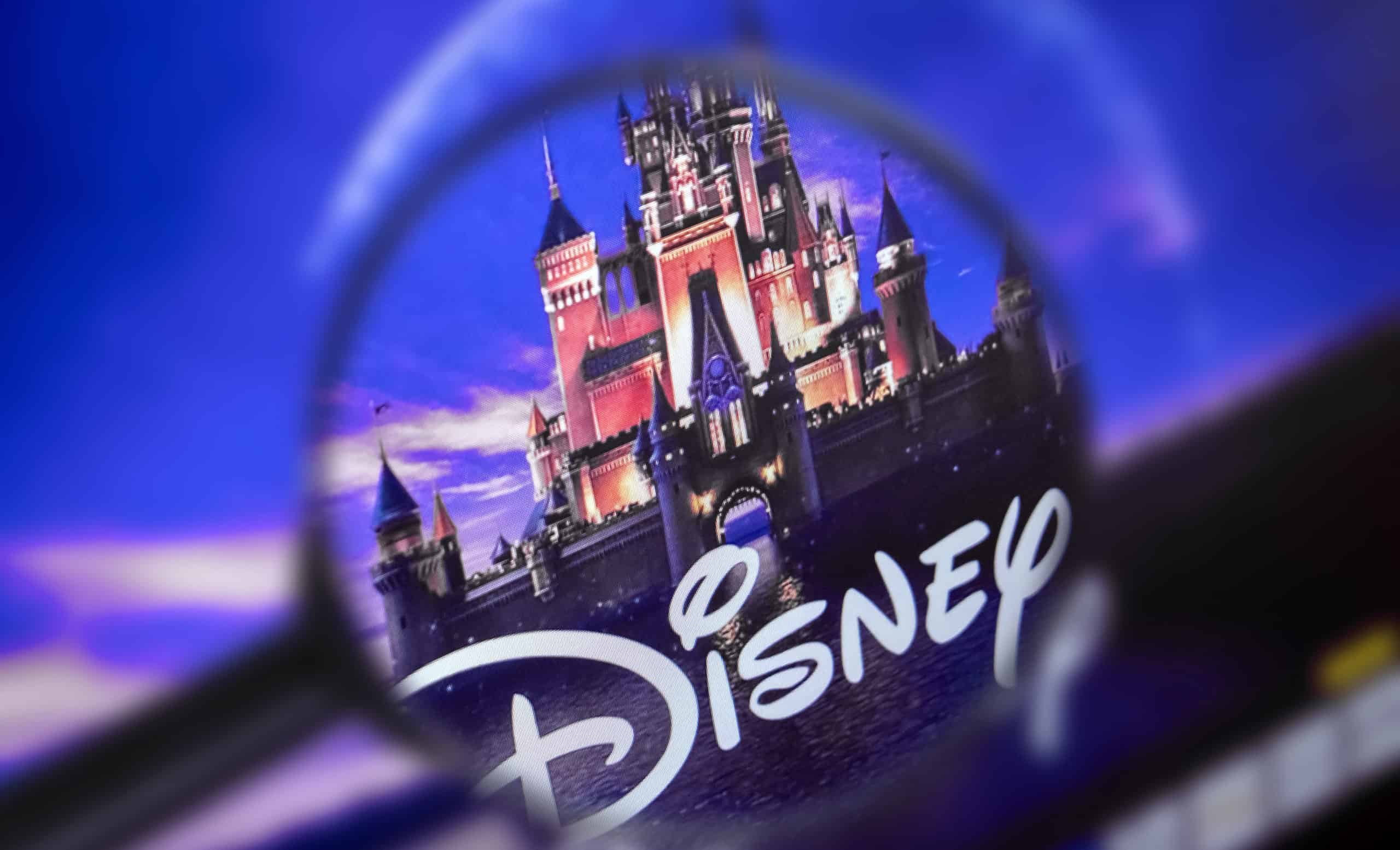Many of us have spent a significant portion of our formative years engrossed in the kaleidoscopic array of characters that the Walt Disney Company has presented us with over the past decade. The film's protagonists and antagonists provided us with an opportunity to learn about ourselves through their actions.
In 1927, Walt Disney introduced the world to his first animated rabbit character, Oswald the Lucky Rabbit. Before Mickey Mouse was introduced the following year, it served as the most iconic symbol of the production company. This version of the story stood alone until the advent of Disney’s Snow White in 1937. This is why everybody knows the names Ariel, Cinderella, Aurora, Jasmine, Belle, Rapunzel, Elsa, Merida, and Moana. Disney movies frequently serve as the inspiration for long-standing cultural norms. Snow White, Aurora, and Cinderella are just a few examples of Disney characters who have had their appearances updated over the years to reflect their growing adulthood and sense of independence. This essay will analyze how Disney’s portrayal of gender roles and body ideals affects the growth and development of individuals.
The Female Gender Role

At Disney, many people have been exposed to the harmful assumption that women can’t keep their families safe and that males should take on that responsibility instead. Disney perpetuates the “damsel in distress” stereotype by depicting female protagonists as helpless victims. Several critics have proposed categorizing Disney’s female characters into three eras that correspond to changes in cultural attitudes regarding women over time: classic, modern, and postmodern. It was common practice in silent films, for example, to portray female characters as helpless victims in need of male protagonists to come to their rescue. Having confidence in love but feeling powerless to change the unjust system in which they live, they are passive housewives like Snow White and Cinderella. Disney’s recent female leads, including Belle in Beauty and the Beast, Jasmine in Aladdin, and Ariel in The Little Mermaid, have all made it a point to subvert stereotypical portrayals of women. Despite appearances, they trusted their male partners to keep them safe. Elsa, Anna, Rapunzel, and Merida are just a few examples of female protagonists from the postmodern era who achieve independence and responsibility without the help of a male figure.
The Body Language
Disney movies put a lot of emphasis on the visual presentation of their characters because of the power that visuals have to captivate an audience. Gender stereotypes attribute women to being “emotionally and appearance-oriented,” whereas men are seen as “powerful and enormously bodily appealing.” Most of the time, female Disney characters are depicted with unrealistically flawless skin, slender frames, and pink cheeks. Their airy voices and bodies complement graceful gestures and performances. Devoting effort and time to changing small things, like one’s hairdo or outfit, can have a significant impact on one’s overall appearance and development.
Why Disney Characters Are So Important

Disney films are popular among many people because they are entertaining and exciting. A lot of grown-ups are worried about Disney’s shows having too much of an impact on kids, but they still watch them because they’re enjoyable. Today’s media and television are often criticized for oversimplifying complex social and cultural topics, which some fear is having an impact on the behavior of today’s youth. Disney films have a reputation for being family-friendly because they adhere to tried-and-true narrative conventions. Raising healthy, self-assured, and successful adults includes instructing young people on topics such as gender roles and body image. Disney wants the whole family to see their movies together.
Conclusion
Recently, Disney films have provided a strong foundation for kids’ growth and education. Every new depiction of a character shows how far gender roles have come. Both the characters and historical heroines in Disney movies show how far society has come in terms of women’s emotional and behavioural independence. Media and literature frequently explore issues of body image and physical presentation. Critics say Disney movies present unrealistically idealized portrayals of young women. Always keep in mind, though, that the sole purpose of these tales is to amuse. As a result, parents should give thought to how they convey the significance of these movies to their children, how they add to their development, and how they encourage them
Photo: Marko Aliaksandr/Shutterstock
You might also like:
Support us!
All your donations will be used to pay the magazine’s journalists and to support the ongoing costs of maintaining the site.
Share this post
Interested in co-operating with us?
We are open to co-operation from writers and businesses alike. You can reach us on our email at [email protected]/[email protected] and we will get back to you as quick as we can.









